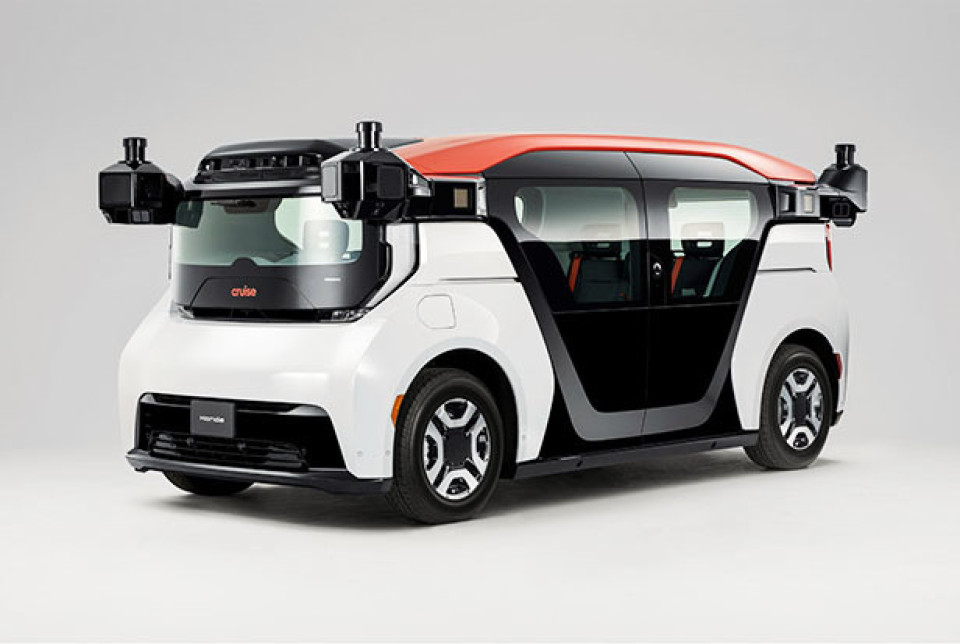San Francisco is ground zero for driverless taxis, and lately, they’re getting more human—not in appearance, but in behavior. These autonomous vehicles, operated by companies like Waymo and Cruise, are starting to react to city streets in ways that resemble the instincts and patterns of human drivers. And while that might sound like progress, it raises a new set of questions.
From Rule-Followers to Adaptive Drivers
Early driverless taxis stuck religiously to traffic laws. They’d stop precisely at stop signs, wait too long at yellow lights, and crawl cautiously through intersections. This rigid behavior made them safe—but awkward—participants in San Francisco’s fast-paced traffic ecosystem.
Now, these vehicles are starting to adapt. They’re nudging into intersections to claim space, inching forward at stop signs, and even creeping past double-parked cars. These are subtle but very human-like decisions that help them blend in. The transition isn’t magic—it’s the result of advanced machine learning algorithms learning from thousands of miles on the road.
The Impact on Traffic and Safety
This evolution might improve flow. Human drivers tend to fill in the blanks where traffic rules fall short, and these human-like moves help autonomous vehicles avoid becoming bottlenecks. But not everyone is convinced this is entirely positive.
Pedestrians and cyclists are reporting that it’s harder to predict what a driverless taxi might do. These systems, designed to mimic human reasoning, don’t always behave in expected ways. Some critics argue that if AVs are going to behave like people, they may also start replicating our flaws.
Who’s in Control?
The idea that a robot car is now “thinking” like a person raises regulatory concerns. Who’s accountable when an autonomous vehicle makes a human-style error? As these taxis continue to mimic human behavior, defining responsibility becomes more complex.
Waymo and Cruise argue that these changes are necessary for their vehicles to operate effectively in dense urban areas like San Francisco. Still, it’s a work in progress. These companies constantly update their software based on real-world experiences—essentially, teaching cars to think on their (virtual) feet.
A Glimpse Into the Future
Driverless taxis reacting like humans might make streets more efficient, but also more unpredictable. This phase of testing is less about technology and more about psychology: how we feel about machines that behave like us.
For now, the streets of San Francisco are hosting a quiet revolution. And whether you find it exciting or unnerving, it’s clear that the age of the human-like autonomous taxi is here.



